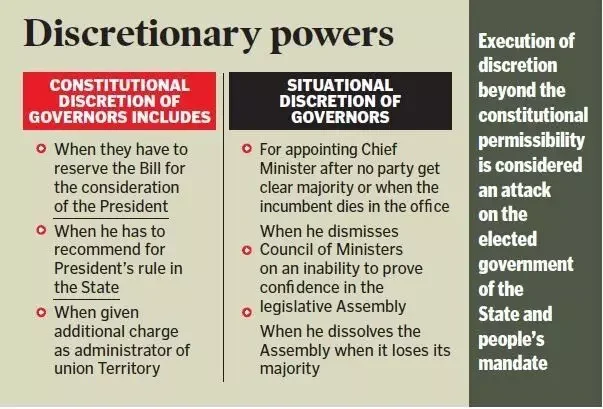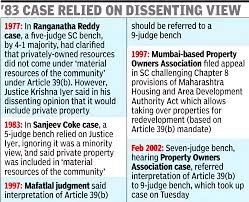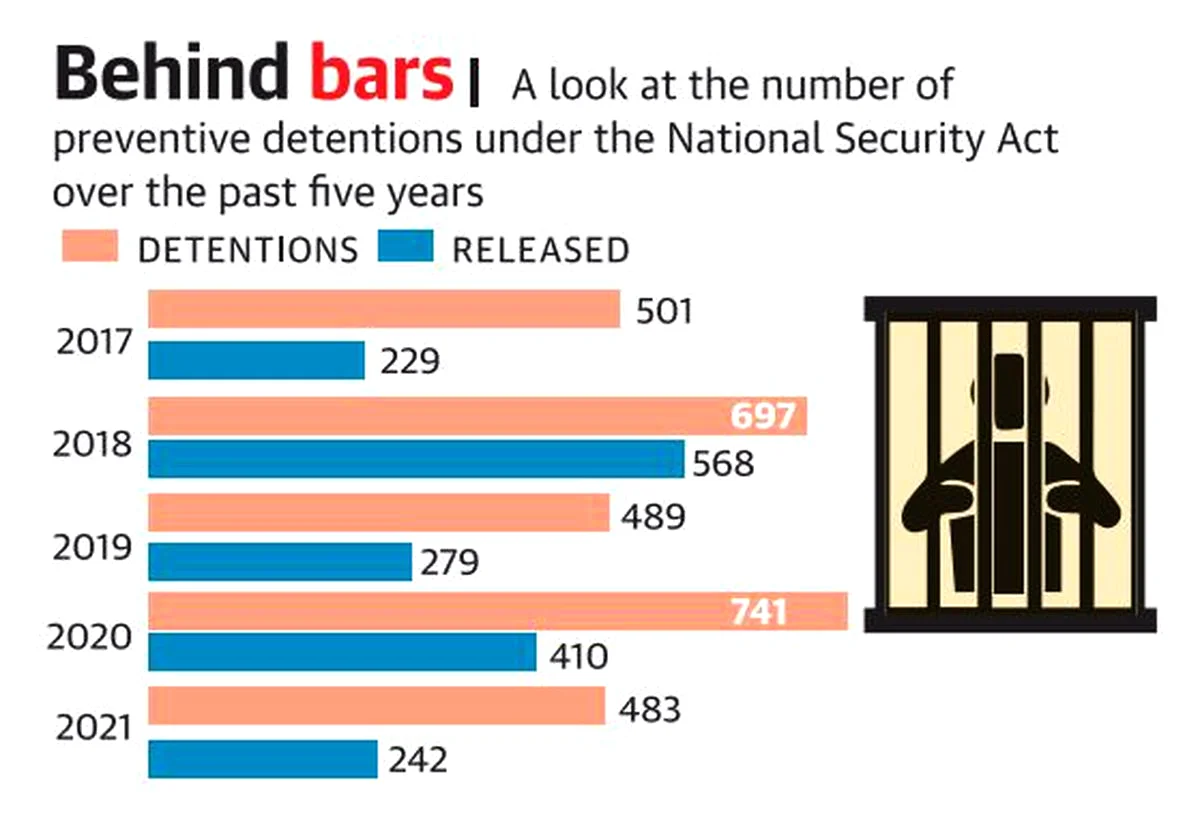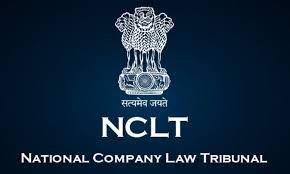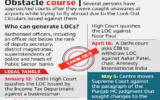
Bharatiya Sakshya Adhiniyam, 2023
Subscribers of "Current Affairs" course can Download Daily Current Affairs in PDF/DOC
Subscribe to Never Miss an Important Update! Assured Discounts on New Products!
Must Join PMF IAS Telegram Channel & PMF IAS History Telegram Channel
- Context (PRS | LM): Three Criminal law bills, including Bharatiya Sakshya Adhiniyam (BSA), have become acts after ascent by the president.
- BSA replaces the Indian Evidence Act (IEA), which has not kept up with technological advancements and societal changes.
- It aims to ‘consolidate and to provide for general rules and principles of evidence for fair trial’.
The Three Criminal Law Bills
- Context (IE I TH I PRS): Three Criminal law bills, including Bharatiya Sakshya Adhiniyam (BSA), have become acts after ascent by the president.
- The Bharatiya Nyaya Sanhita 2023
- The Bharatiya Nagarik Suraksha Sanhita 2023
- The Bharatiya Sakshhya Bill 2023
- These bills will replace the
- Indian Penal Code 1860
- Code of Criminal Procedure 1973
- Indian Evidence Act 1872
- The Bharatiya Nyaya Sanhita (BNS) largely retains the provisions of the IPC, adds some new offences, removes offences that have been struck down by courts, & increases penalties for several offences.
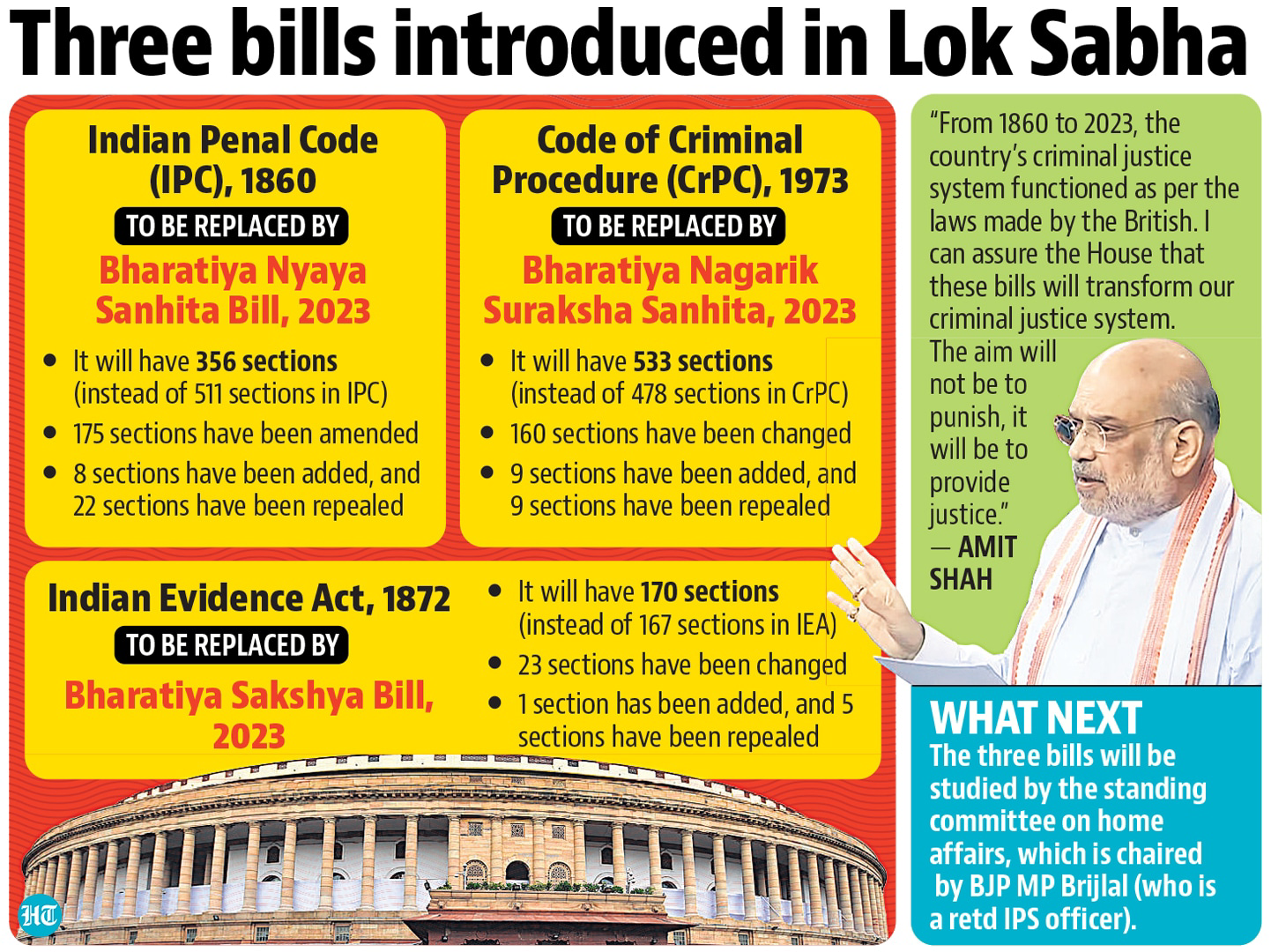
Need for new bills
- The current laws were drafted during colonial times and contain archaic language.
- Some concepts do not accurately reflect current social norms and values.
- The laws have become complex over time, leading to confusion among legal practitioners, law enforcement agencies, and the general public.
- The Parliamentary Standing Committee in its 111th and 128th reports had also highlighted the need for reforms in criminal laws.
- They lacked participation from the Indian populace and imposed foreign ideas and values.
- Changing Norms: The evolving societal perceptions. For e.g. the transition of attempted suicide from a criminal offense to a recognized mental health issue under Mental Health Care Act, 2017.
About IEA,1872
- The Imperial Legislative Council passed the Indian Evidence Act in 1872, establishing the guidelines for admissible evidence in Indian courts.
- It applies to all civil and criminal proceedings.
- In 2000, the IEA was amended to provide for the admissibility of electronic records as secondary evidence.
- In 2013, it was amended to add provisions related to consent in cases of rape.
- It shifted the onus on the accused to prove that consent was given.
- The character of the victim and her sexual history would not be relevant when determining consent.
Key Features of Bharatiya Sakshya Adhiniyam (BSA)
Provisions of the IEA retained in BSA
Admissible evidence
- Parties involved in a legal proceeding can only present admissible evidence.
- Admissible evidence can be classified as ‘facts in issue’ or ‘relevant facts’.
|
A proved fact
- A fact is considered proven when, based on the evidence presented, the Court believes it to either (i) exist or (ii) its existence is so likely that a prudent man should act as if it exists in the circumstances of the case.
Police confessions
- Any confession made to a police officer is inadmissible.
- Confessions made in police custody are also inadmissible unless recorded by a Magistrate.
- However, if a fact is discovered due to information received from an accused in custody, that information may be admitted if it distinctly relates to the fact discovered.
Key changes
Documentary evidence
- Under the IEA, a document includes writing, maps, and caricatures.
- The BSA adds that electronic records will also be considered as documents.
- Documentary evidence includes primary and secondary evidence. The BSA retains this classification.
|
Oral evidence
- Under the IEA, oral evidence includes statements made before Courts by witnesses about a fact under inquiry.
- The BSB allows oral evidence to be given electronically.
- This would permit witnesses, accused persons, and victims to testify electronically.
Admissibility of electronic or digital records as evidence
- Documentary evidence includes information in electronic records printed or stored in optical or magnetic media produced by a computer.
- Such information may have been stored or processed by a combination of computers or different computers.
- The BSB provides that electronic or digital records will have the same legal effect as paper records.
- It expands electronic records to include information stored in semiconductor memory or communication devices.
- This will include email records, server logs, smartphones, locational evidence and voice mails.
Secondary evidence
- The BSA expands secondary evidence to include (i) oral and written admissions and (ii) the testimony of a person who has examined the document and is skilled in the examination of documents.
- Secondary evidence may be required under various conditions, such as when the original is in the possession of the person against whom the document is sought to be proved or has been destroyed.
- The BSA adds that secondary evidence may be required if the genuineness of the document itself is in question.
Joint trials
- A joint trial is the trial of more than one person for the same offence.
- The IEA states that in a joint trial, if a confession made by one of the accused, which also affects the other accused, is proven, it will be treated as a confession against both.
- The BSA adds an explanation to this provision.
- It states that a trial of multiple persons, where an accused has absconded or has not responded to an arrest warrant, will be treated as a joint trial.
Key Issues And Analysis
The admissibility of electronic records as evidence
- The BSA retains these provisions (Primary and Secondary evidence), adds electronic records to the definition of documents, and expands the definition of electronic records.
- Admitting electronic records as primary evidence raises two issues:
1) Tampering with electronic records
- The BSA provides for the admissibility of electronic records and gives the Court discretion to form an opinion on such evidence. However, no safeguards have been provided to ensure that electronic records are not tampered with during the search and seizure.
- In 2014, the SC recognised that electronic records are susceptible to tampering and alteration, and a trial based on proof of electronic records may lead to a travesty of justice.
- Karnataka HC (2021) introduced guidelines for minimum safeguards while searching and seizing electronic records. Such as a qualified forensic examiner accompanying the search team or seizing and packing any electronic storage device in a Faraday bag.
|
- The Standing Committee on Home Affairs (2023) recommended that all electronic and digital records collected as evidence during an investigation be securely handled and processed through a proper chain of custody.
- In the European Union, the Draft Directive Proposal for a Mutual Admissibility of Evidence and Electronic Evidence in Criminal Proceedings aims to establish uniform minimum standards for the use of electronic evidence.
- In the United States, the proponent must provide sufficient evidence to prove the record’s authenticity; a qualified individual must certify the record or data.
2) The admissibility of electronic records may be ambiguous
- The BSA includes electronic records in the definition of documents and retains the provision from the IEA that all documents must be admissible as primary evidence unless they qualify as secondary evidence.
- It also retains the provision that requires a certificate authentication of all electronic records to be admissible as documents. This has overriding effects over other provisions.
- The Standing Committee on Home Affairs (2023) recommended proving electronic records by the section on the admissibility of electronic records by a certificate.
Information obtained in police custody using coercion may be provable
- The BSA retains the provision that if a fact is discovered due to information received from an accused in police custody, it can be admitted if it distinctly relates to the fact discovered.
- SC and various Law Commission reports have highlighted that facts may have been discovered in custody due to the accused being subject to coercion and torture.
- The Law Commission (2003) recommended that facts discovered in police custody using threat, coercion, violence, or torture should not be provable.
Admissibility of fact depends on whether it was obtained outside or within police custody
- BSA retains the distinction that information received from an accused in police custody is admissible if it relates to a fact discovered. In contrast, similar information is not admissible if received from an accused outside police custody.
- In 1960, the constitutionality of this provision was challenged because it creates an unjustifiable discrimination between persons in and outside custody.
- The Law Commission (2003) suggested re-drafting the provision to ensure that information relating to facts should be relevant whether the statement was given in or outside police custody.
Recommendations of various Committees and Courts on IEA
- Malimath Committee: Repeal sections on confessions to police officers
Law Commission
- Facts discovered using any threat, coercion, violence or torture in consequence of information received from the accused in police custody should not be provable.
- Insertion of a new provision relating to the prosecution of a police officer for causing bodily injury to a person in police custody. The Court will presume that the officer caused the injury.
- Cross-examining previous statements in writing– should also include oral statements.
- Public officers cannot be forced to reveal communications made to them in official confidence if the Court decides it would harm the public interest.
- If a public officer objects to answering a question that may require disclosure, the court must privately inquire about the nature and reasons for the objection before rejecting it.
SC
- A certificate is not required if the original document is produced in Court by the device’s owner.
- However, the certificate must be provided if the device is part of a computer system or network that cannot be physically brought.





![PMF IAS Environment for UPSC 2022-23 [paperback] PMF IAS [Nov 30, 2021]…](https://pmfias.b-cdn.net/wp-content/uploads/2024/04/pmfiasenvironmentforupsc2022-23paperbackpmfiasnov302021.jpg)
